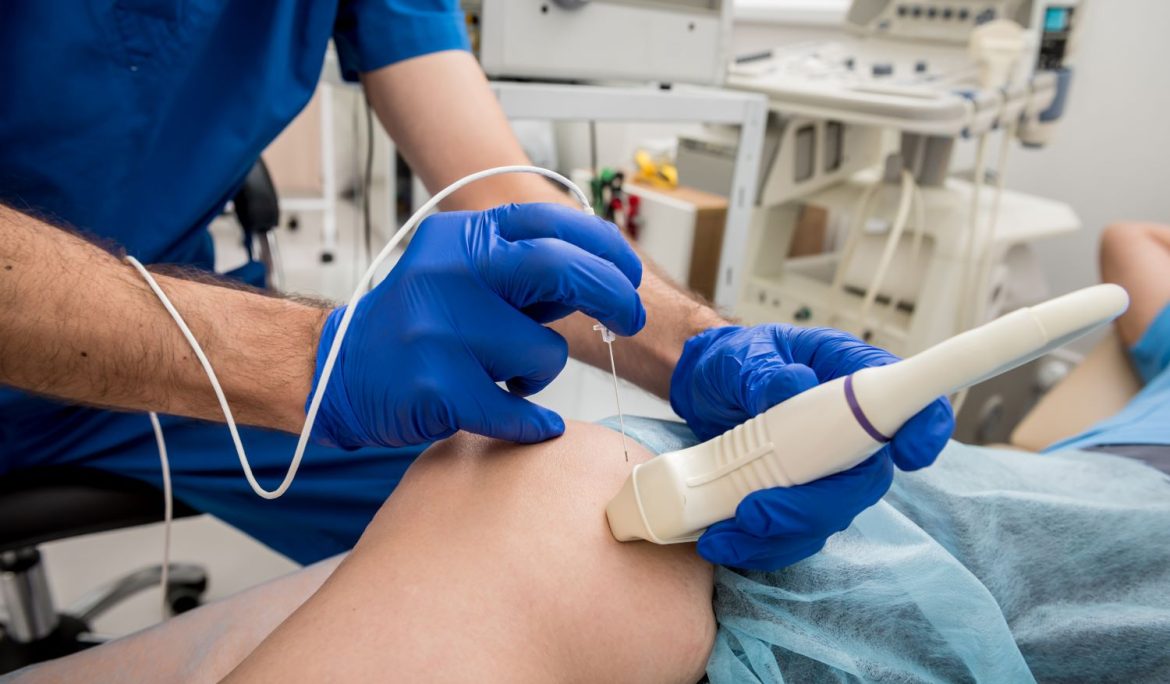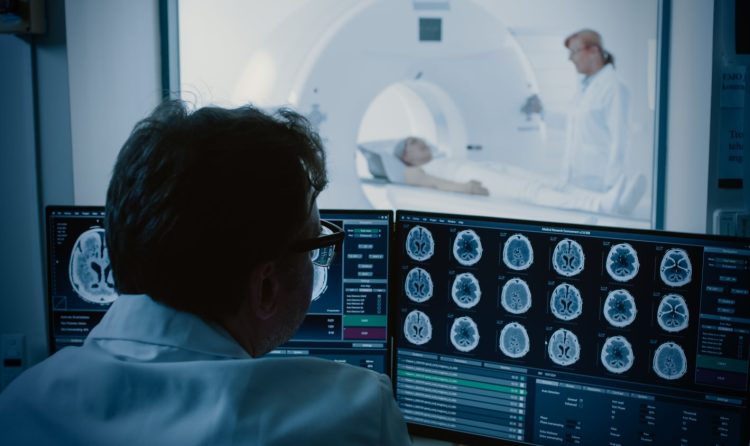Introduction
Receiving a radiology report after an imaging test can be overwhelming for patients. Understanding the terminology and implications of the findings is essential for informed decision-making and effective communication with healthcare providers.
Key Components of a Radiology Report
A typical radiology report includes several key components: the patient’s information, clinical history, imaging technique, findings, and conclusions. Understanding these sections can help patients better interpret the report.
- Patient Information: This section includes the patient’s name, age, and other identifying details.
- Clinical History: A brief summary of why the imaging test was ordered, including symptoms and medical history.
- Imaging Technique: Describes the type of imaging test performed (e.g., X-ray, MRI, CT scan) and any specific techniques used.
- Findings: Detailed description of the observed abnormalities or normal structures.
- Conclusion: A summary of the key findings and their potential implications.
Common Terminology
Radiology reports often contain medical terminology that can be confusing. Terms like “lesion,” “nodule,” “mass,” and “opacity” are commonly used. Understanding these terms can help patients better grasp the report’s content. For instance, a “lesion” refers to any abnormal tissue, while a “nodule” is a small, rounded mass.
Discussing Results with Your Doctor
After reviewing the radiology report, it’s important for patients to discuss the findings with their healthcare provider. This discussion can provide clarity on the implications of the findings, potential next steps, and any further tests or treatments that may be necessary.






